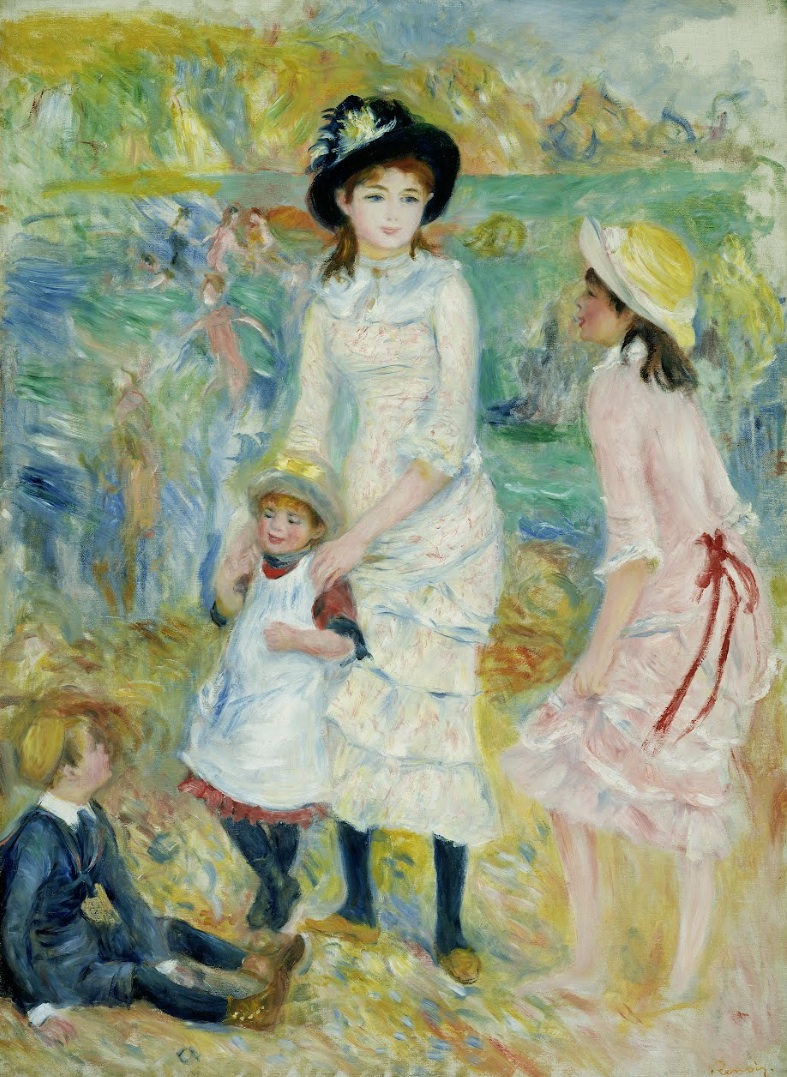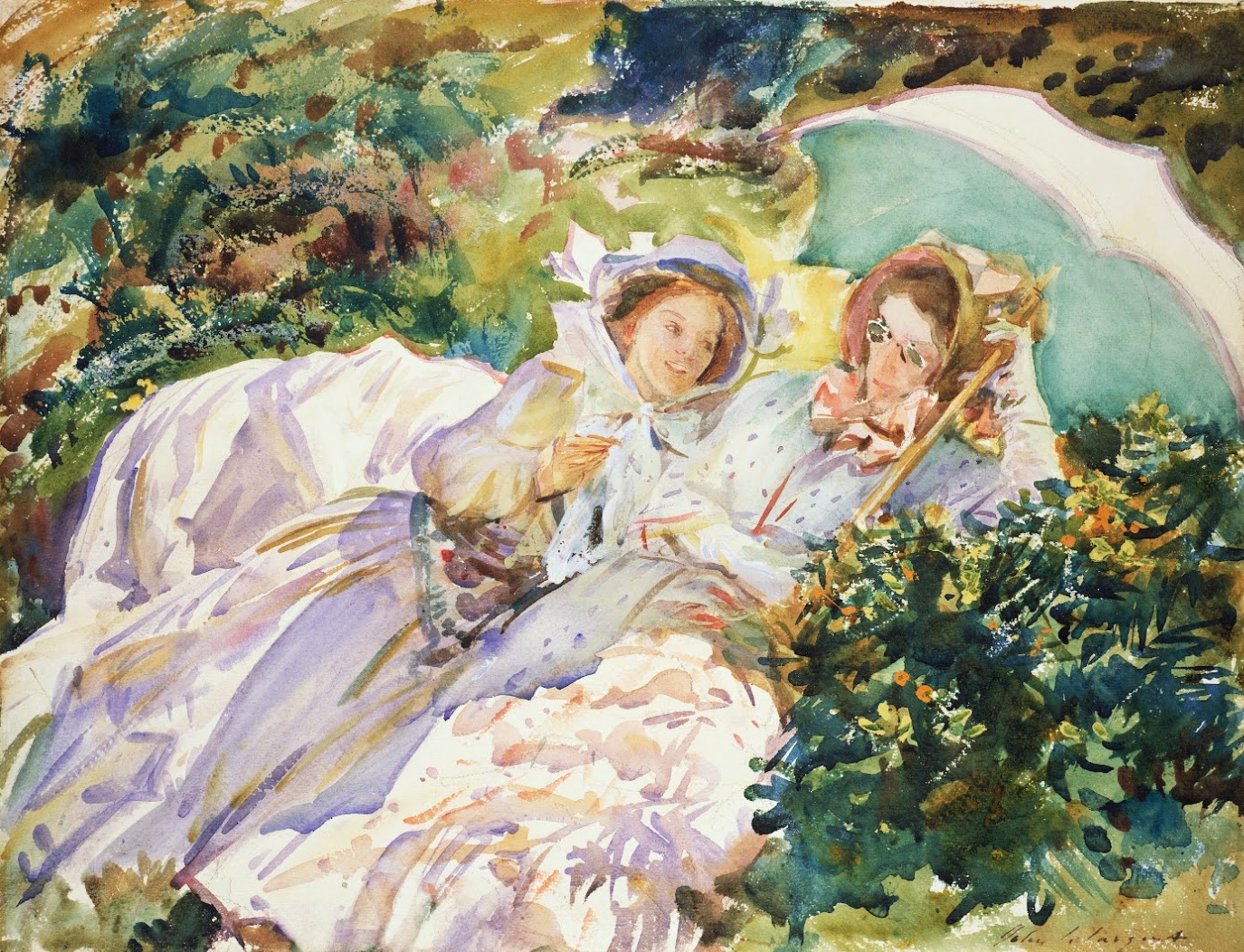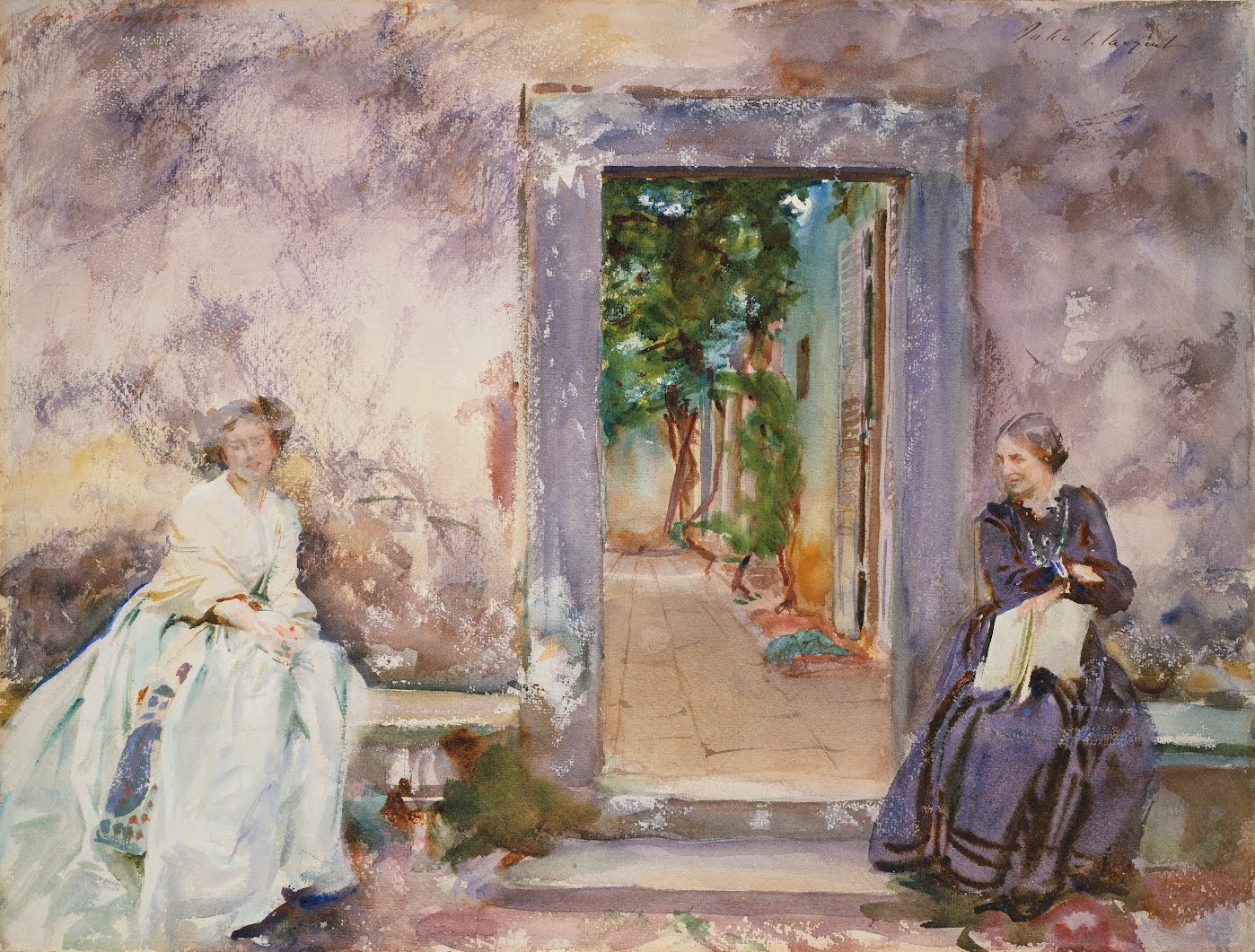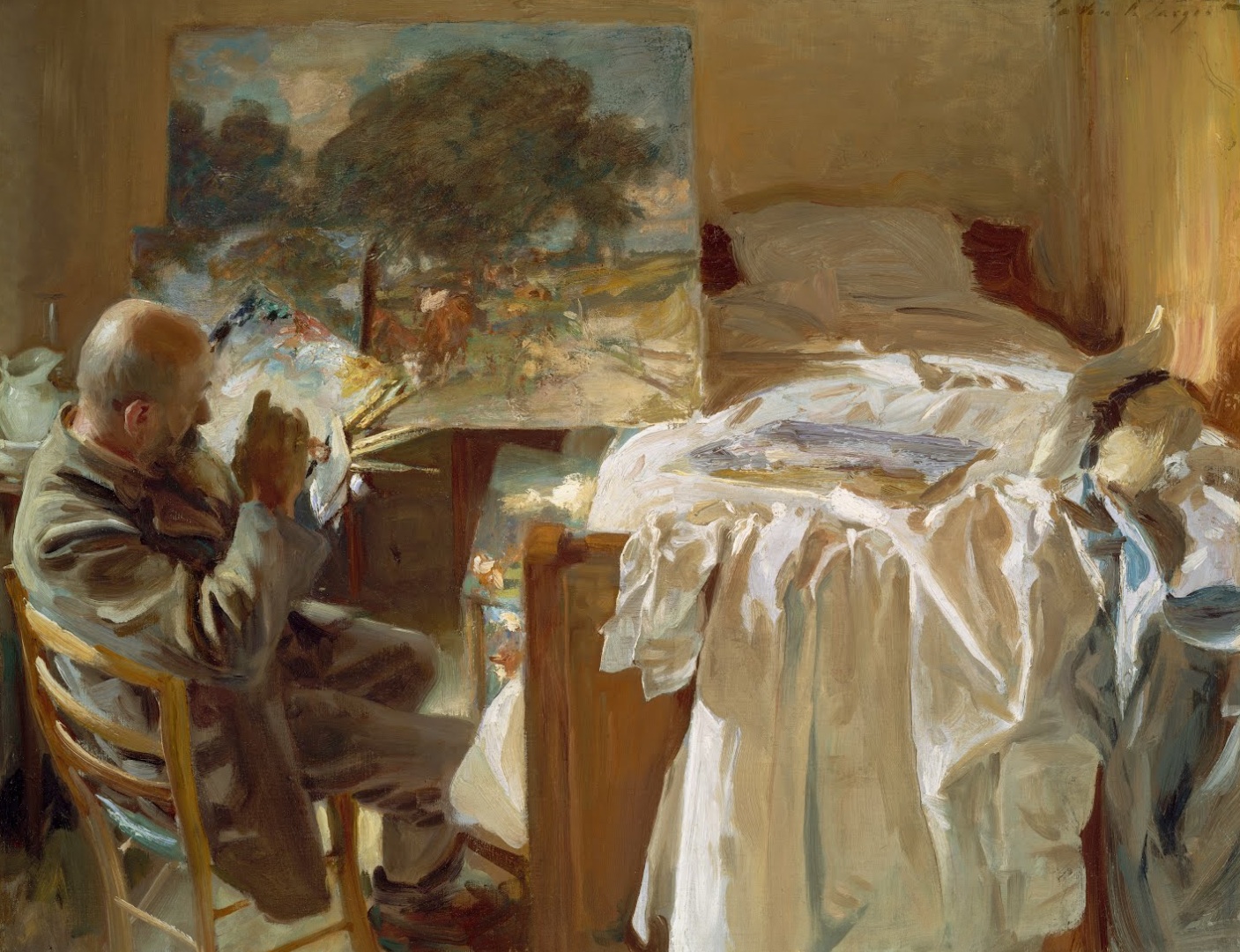
Boston - Musee des Beaux Arts (Museum of Fine Arts)
Le musée des beaux-arts de Boston (Museum of Fine Arts, Boston), dans le Massachusetts, est l'un des plus grands musées des États-Unis. L'institution fut fondée en 1870 et ouvrit en 1876, après avoir emprunté une grosse partie des collections du Boston Athenæum. Le musée a emménagé dans ses locaux actuels de l'avenue Huntington en 1909.
Ses collections sont variées ; parmi les domaines les mieux représentés figurent l'Antiquité, notamment de l'Ancien Empire égyptien, et la peinture française de la fin du xixe siècle, avec par exemple la grande toile de Gauguin D'où venons-nous ? Que sommes-nous ? Où allons-nous ?.
Le musée des beaux-arts de Boston (Museum of Fine Arts, Boston), dans le Massachusetts, est l'un des plus grands musées des États-Unis. L'institution fut fondée en 1870 et ouvrit en 1876, après avoir empru ...


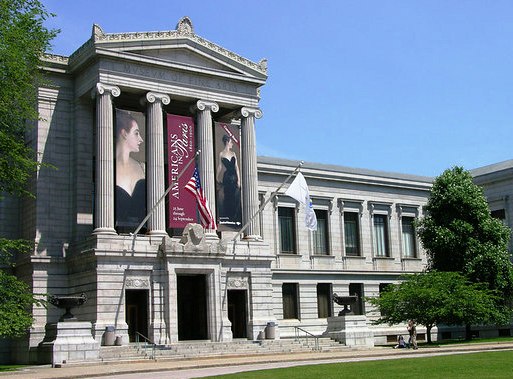

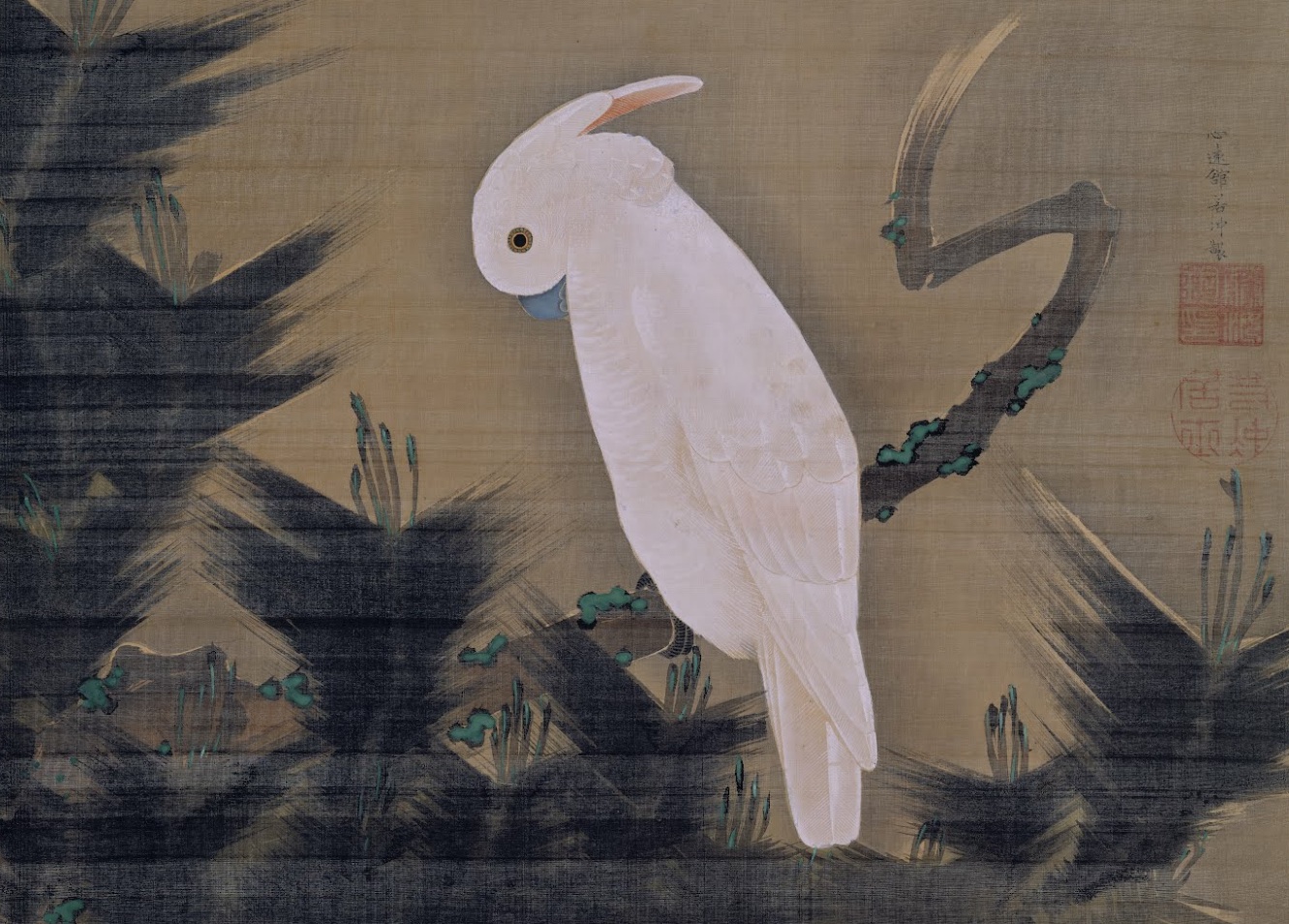

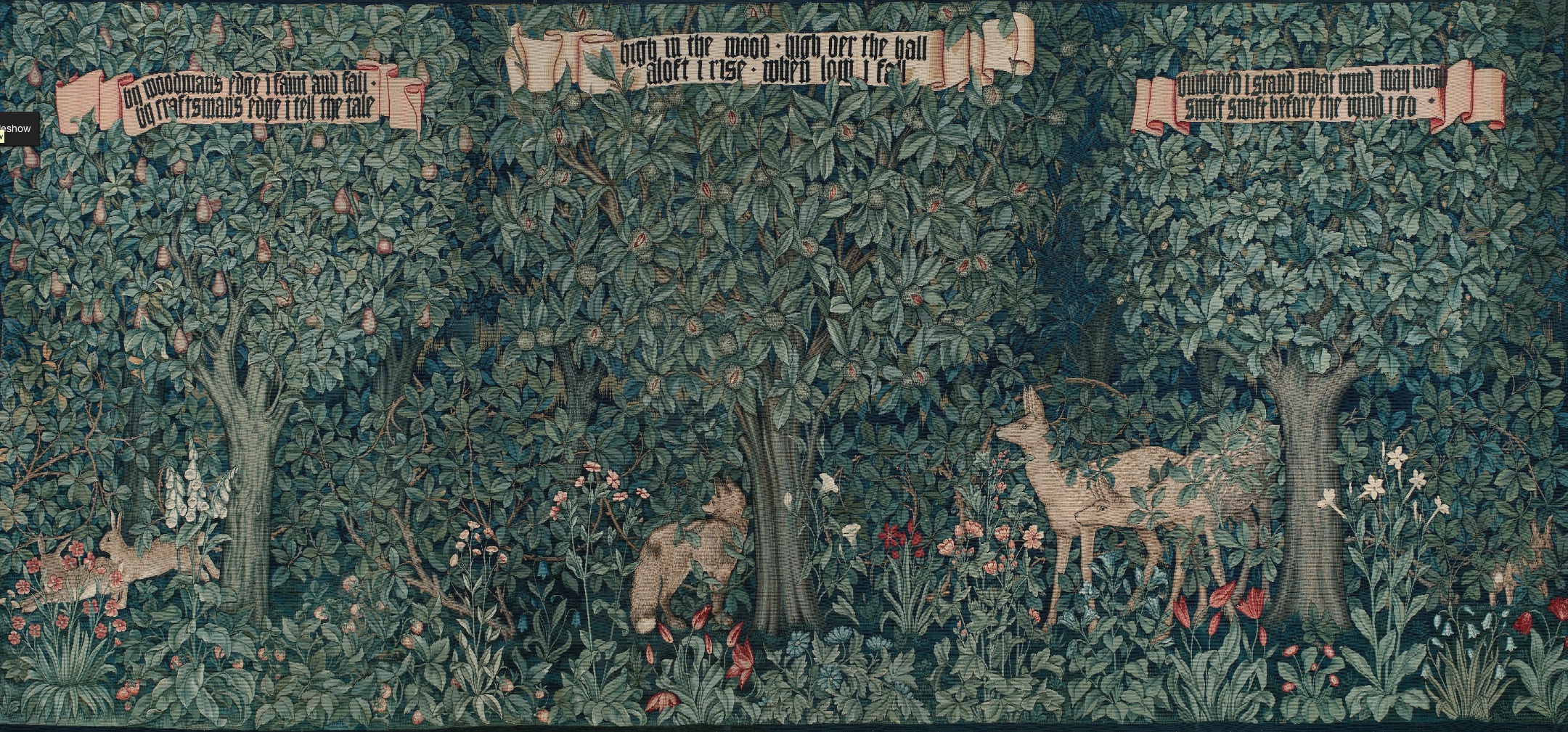


 Museum of Fine Arts, Boston.jpg)
 Museum of Fine Arts, Boston.jpg)
 Museum of Fine Arts, Boston.jpg)
 Museum of Fine Arts, Boston.jpg)
 Museum of Fine Arts, Boston.jpg)
 Museum of Fine Arts, Boston.jpg)
 Museum of Fine Arts, Boston.jpg)
 Museum of Fine Arts, Boston.jpg)
, (25 B.C. - 25 A.D.) Museum of Fine Arts, Boston.jpg)
, (25 B.C. - 25 A.D.) Museum of Fine Arts, Boston.jpg)

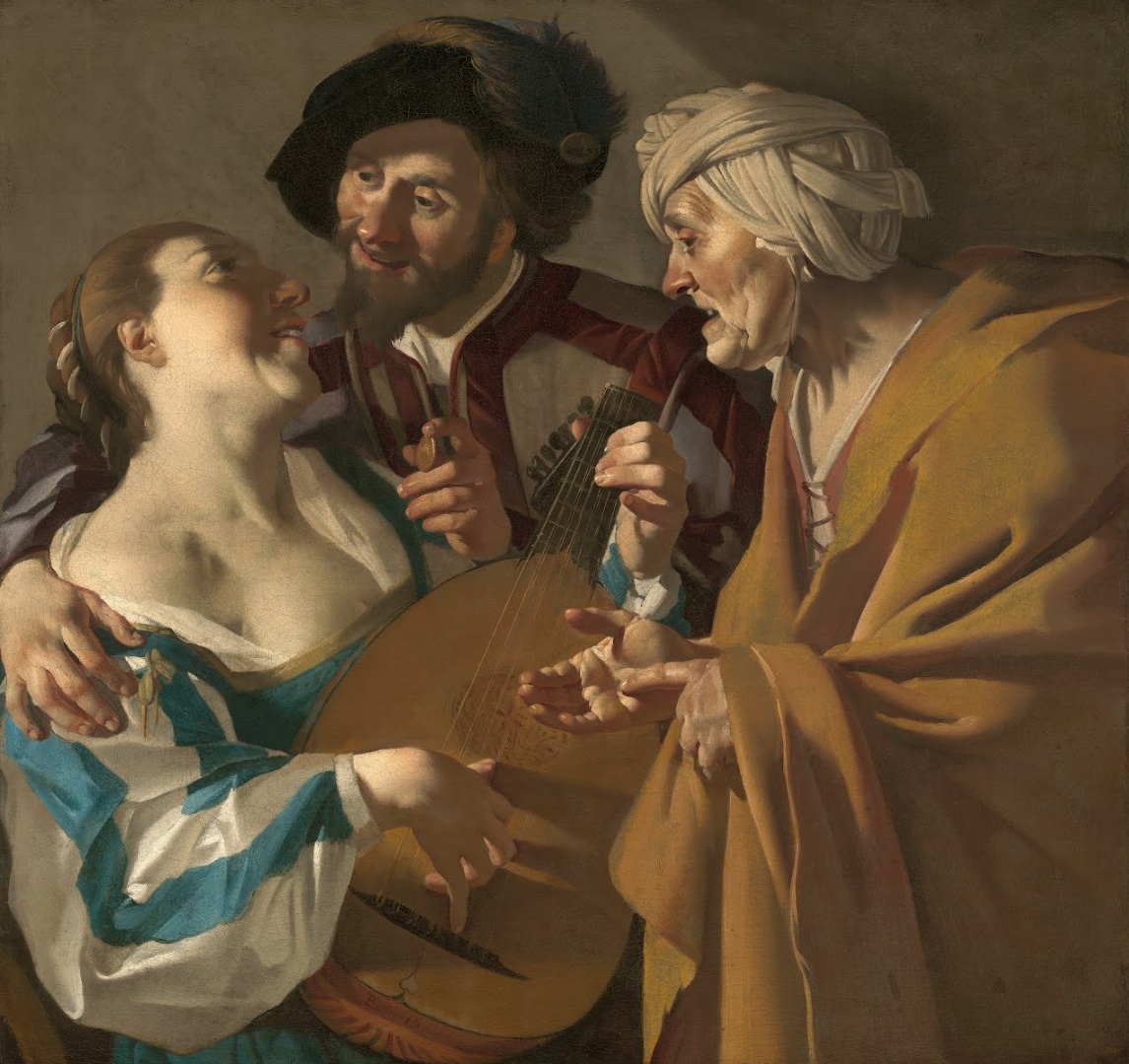
.jpg)
.jpg)
.jpg)
.jpg)
.jpg)
.jpg)
.jpg)
.jpg)






 1504 Museum of Fine Arts, Boston.jpg)
 1504 Museum of Fine Arts, Boston.jpg)









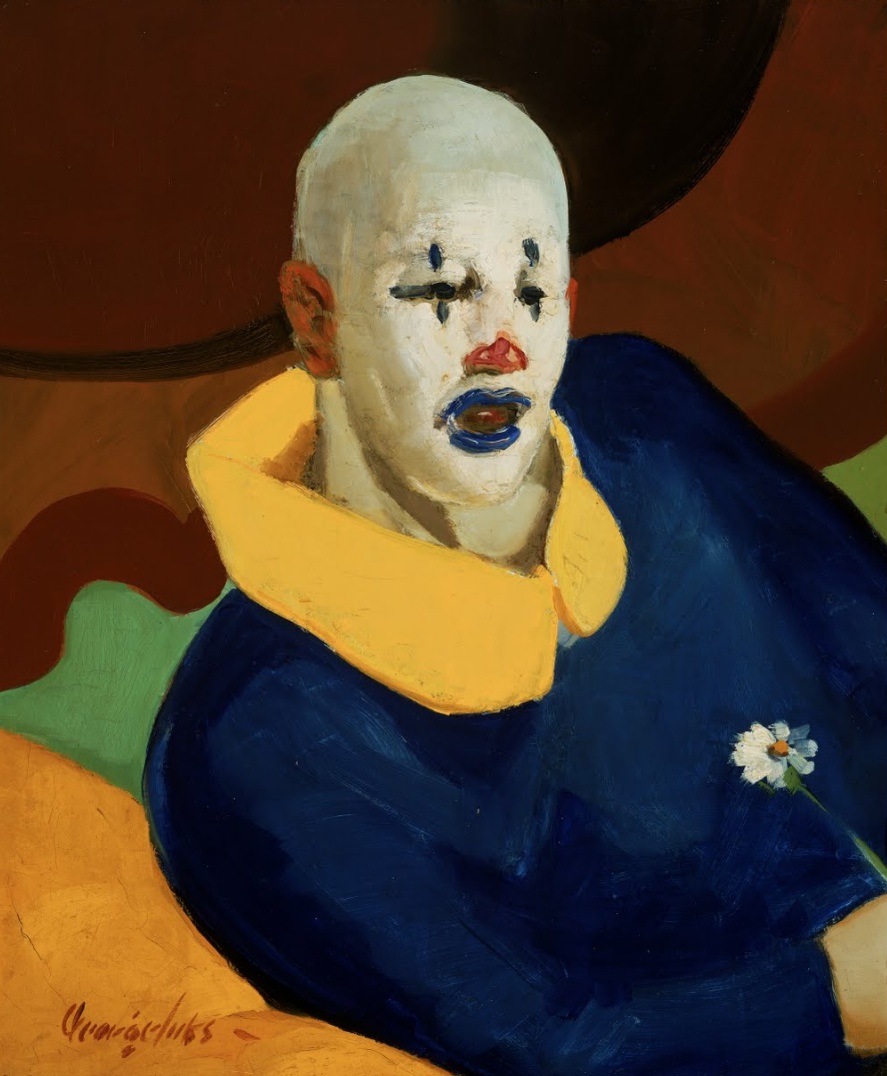

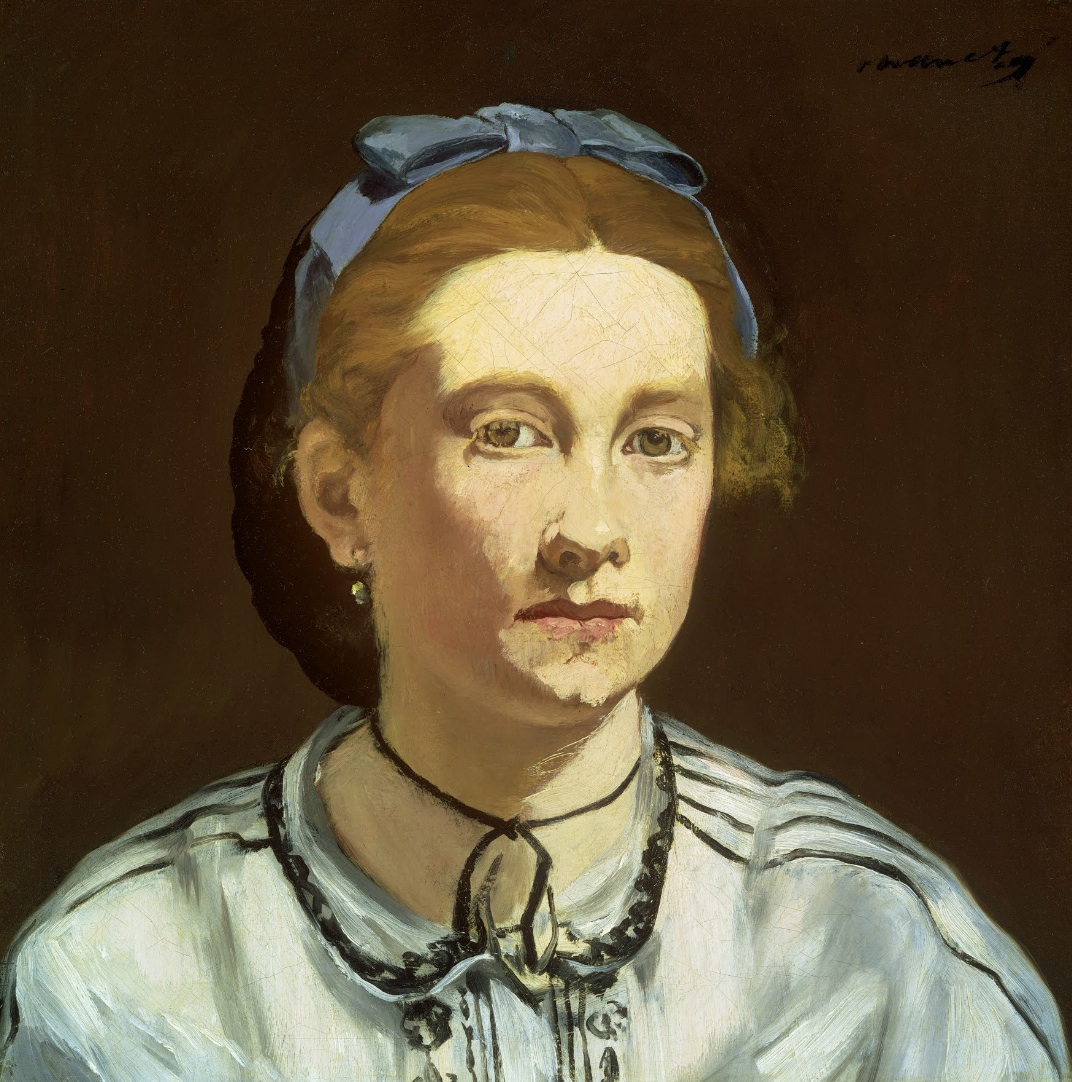


 Museum of Fine Arts, Boston.jpg)
 Museum of Fine Arts, Boston.jpg)






 Museum of Fine Arts, Boston.jpg)
 Museum of Fine Arts, Boston.jpg)



